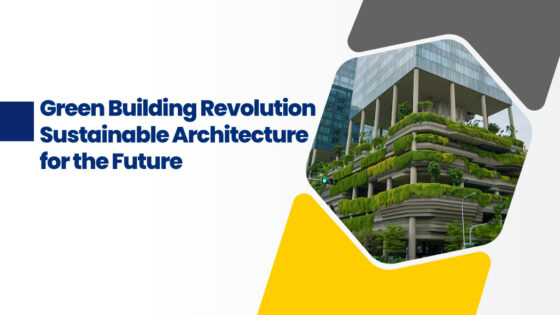Do you have ideas about how to reuse or repurpose existing structures? Today, everyone likes to experience and live in a sustainable environment, and the same applies to the architecture field. Let’s start with the definition of adaptive reuse in architecture. Adaptive reuse architecture is the process of giving an existing structure a new use. Every city and nation has several abandoned buildings that have outlived their usefulness. These buildings are then repurposed. The future of architecture is adaptive reuse, which breathes new life into an abandoned building without taking up extra room. Other than creating new designs for the spaces, architecture needs to repurpose existing structures that are client-requested and achieve sustainable features. So, if you’re pursuing the top architecture colleges in Tamil Nadu, learn how repurposing the existing structure is beneficial and its types.
Benefits of adaptive reuse architecture include:
- Reducing the requirement for new materials by reusing the current structure. The existence of an existing structure reduces the materials needed for a project from the first foundation-laying stage to the completion stage.
- Existing materials can be saved and repurposed, decreasing the need for new resources and lowering the environmental impact, as opposed to dismantling an entire structure and disposing of the materials in landfills.
- Because adaptive reuse doesn’t involve creating a brand new structure from the start, it has a low construction cost. Repurposing a building is a quicker and more affordable form of construction.
- It is optional to clear the site of any existing buildings or to demolish them to create a new one. When adaptive reuse architecture is used, demolition compromises environmental air quality. Adaptive reuse is a lot faster than creating a new structure from scratch.
- Adaptive reuse is a process that aids in preserving the building’s history as well as its current fabric. These buildings’ distinctive character and history can be preserved through repurposing, adding to the community’s cultural fabric.
- When adapting old structures for new uses, architects are challenged to employ innovative and creative thinking. It enables the use of distinctive design components, fusing the ancient and the new to create aesthetically pleasing and useful environments.
- It has less of an impact on the environment because it reuses the existing structure and materials. The future of environmentally friendly design is adaptive reuse. An adaptive reuse project uses less energy, labor, and resources to complete.
These basic changes and features can be learned when you consider your internship programs while studying at the B. Des Colleges in Coimbatore. There are possibilities for companies to recruit budding architects so they can gain practical experience.
Limitations:
This adaptive reuse architecture type also has some defects. So here are some of them:
- Not all structures are suitable for adaptive reuse.
- Designers must overcome challenges, including building dangers and bureaucratic red tape.
- Even if they can guarantee that the rebuilding will be useful and meet local market demands.
- Existing debt or, in the case of hotels, franchise agreements are frequent obstacles.
What are the factors architects should consider during adaptive reuse projects?
- Before reusing an old structure, its structural integrity must be carefully evaluated. To maintain the stability and safety of the structure for its new use, renovations could be necessary.
- When reusing an existing structure, local building codes and regulations must be taken into account. To comply with modern safety, accessibility, and regional regulations, modifications might be required.
- The layout and features of the original building could not exactly match the needs of the new use. To guarantee the room’s functionality, flexibility, and compatibility with contemporary technologies, architects must thoroughly assess and modify the area.
- Although adaptive reuse is generally seen as sustainable, it is nevertheless crucial to assess the project’s environmental impact. To achieve the highest level of sustainability, considerations such as new system energy efficiency, water management, and indoor air quality should be made.
Five tips for architects to make adaptive reuse projects successful:
- Evaluate the building’s possibilities for repurposing while taking structural reliability, historical value, and location into account.
- Take into account structural and regulatory aspects, such as partitioning laws and construction requirements, and coordinate closely with local authorities.
- Work together to develop a comprehensive design plan with a multidisciplinary team of architects, engineers, and other experts.
- Adopt a logical approach throughout the entire project, from planning and evaluation to building and implementation.
- After the project is over, assess its success and seek input from the stakeholders and tenants to improve your strategy for further adaptive reuse initiatives.
Integrate sustainable design principles and energy-efficient technologies into the building’s transformation to make adaptive reuse projects sustainable and energy-efficient. Learn these concepts of sustainable features and technology involved in your five-year course at any of the top 10 architecture colleges in Coimbatore, India, and learn more. However, this adaptive repurpose can incorporate solar panels, LED lighting, water-saving fixtures, and green roofs, all of which enhance the structure’s overall environmental efficiency.






